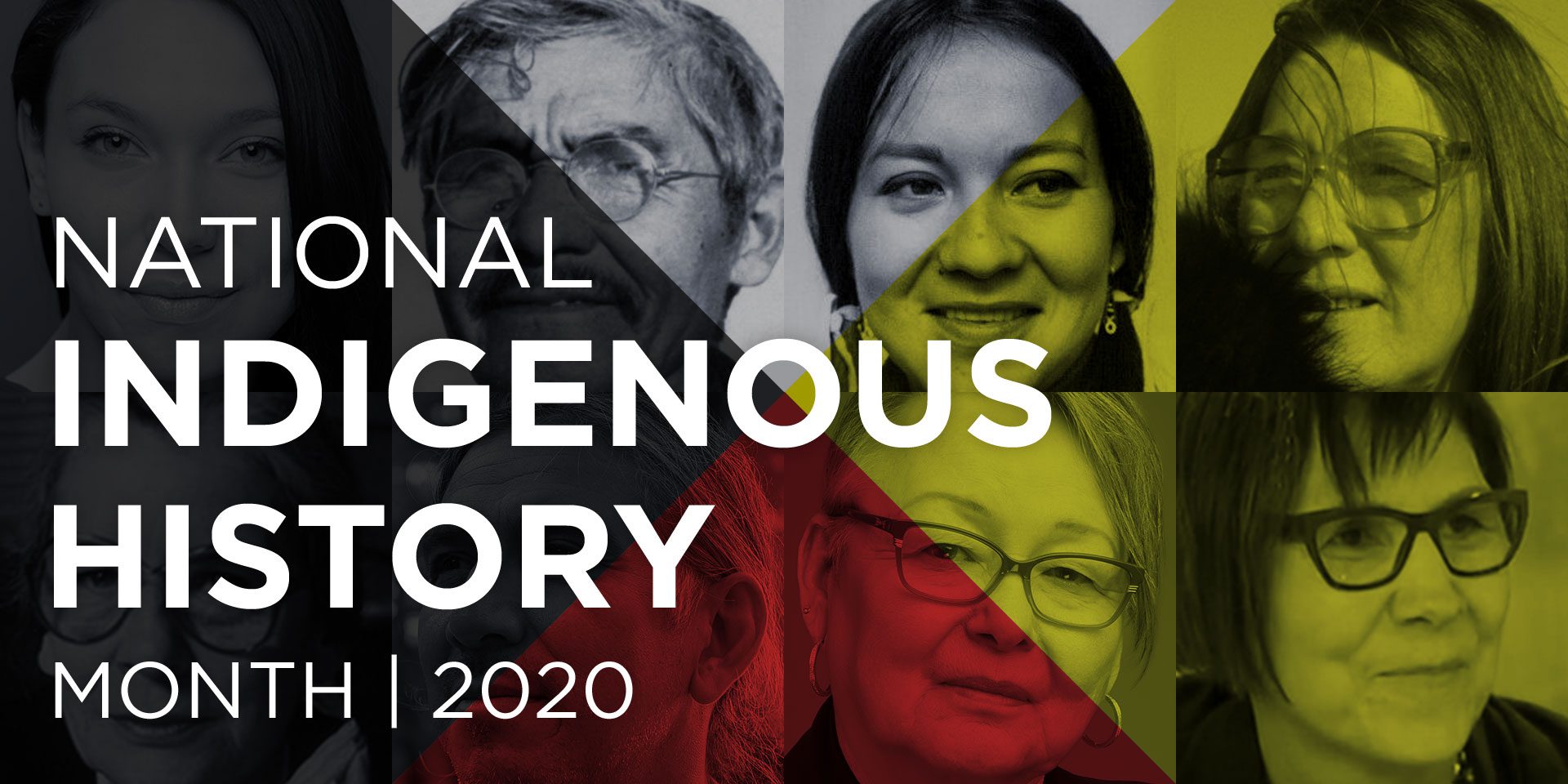

Join us in celebrating Indigenous History Month 2020.
Throughout the month of June, we took a look at First Nations, Inuit and Métis people who have made an impact in history and those who continue to influence today.


Click and explore influential Indigenous people below.


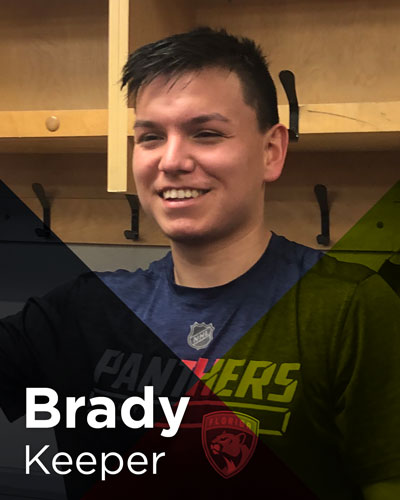















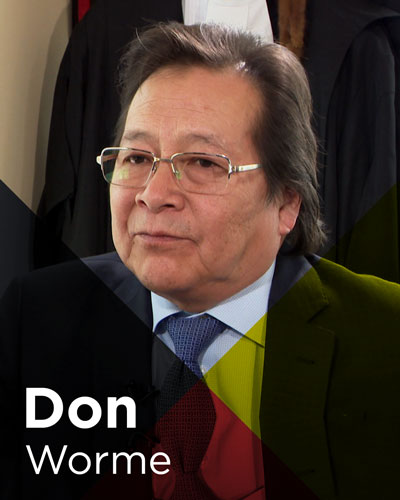

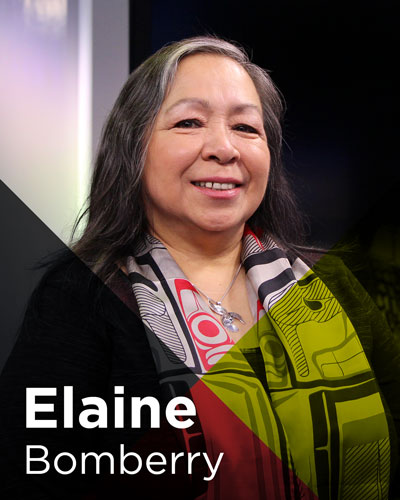







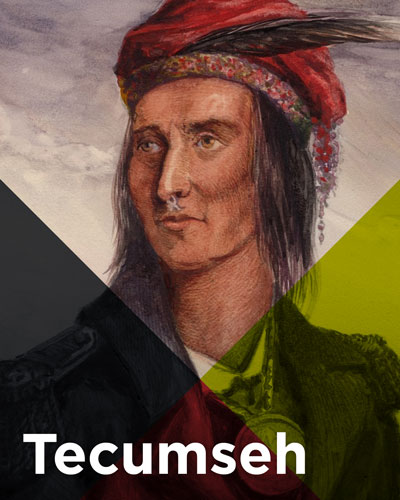

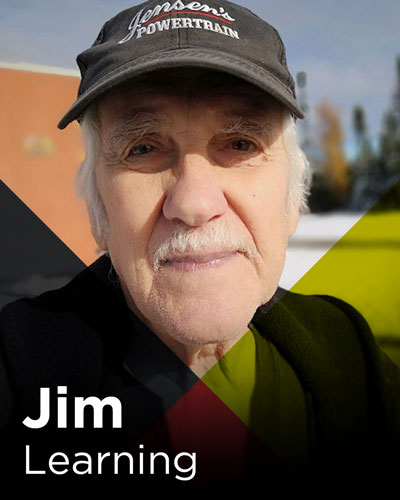

Ethel Blondin-Andrew
Ethel Blondin-Andrew, is a member of the Dene Nation from Tulita, Northwest Territories. In 1988 she became the first Indigenous woman to be elected to the Parliament of Canada for the District of Western Arctic.
After that she served as Secretary of State for Training and Youth from 1993-1997, and as the Secretary of State for Children and Youth from 1997-2003. This made her the first Indigenous woman to be a member of the Privy Council and Cabinet.
Blondin-Andrew was also appointed the Minister of State (Northern Development), and the Minister of State (Children and Youth). In total she served 17 years in the Canadian Parliament.
As a teacher in the north, a college instructor and national manager of Indigenous Development Programs, she has focused greatly on raising awareness and advocating for Indigenous Peoples and the inclusion of their communities in national, regional and local labour markets.
Brady Keeper
Brady Keeper inspires youth from remote Manitoba.
The Cree hockey player is the first person from Pimicikamak Cree Nation or Cross Lake in northern Manitoba to make it to the NHL.
At the age of 22 he made his NHL debut with the Florida Panthers in March 2019.
Keeper is currently playing with the team’s AHL affiliate.
Buffy Sainte-Marie
This Indigenous musician with the distinctive voice has a long list of credits after her name.
She was born on a Cree reserve in Saskatchewan but raised in Massachusetts, giving her dual citizenship.
But she never forgot where she came from, and continues to use her music and art to promote awareness of issues affecting Indigenous peoples. It led to her being blacklisted after refusing to keep mum about Indigenous rights as a guest on the Tonight Show.
Her most famous song “Universal Soldier” became an anthem against the Vietnam war.
Tommy Prince
He may have died homeless in Winnipeg, but Tommy Prince is fondly remembered as an Indigenous war hero and multi-decorated First Nations soldier.
Serving in both the Second World War and Korean War, Prince was one of 11 children from a family on Manitoba’s Brokenhead First Nation.
He was known for his superb marksmanship and exceptional tracking skills. But he also had a mega-watt smile that would have brightened the cover of any magazine.
Geronimo
A prominent leader and war chief from the Apache Tribe, Geronimo was famous for holding off U.S. and Mexican encroachment on his traditional lands in what later became Arizona.
When he surrendered to U.S. troops in 1886, he became a prisoner and celebrity. He died in custody of pneumonia in 1909.
But his name is still uttered in battle and when jumping from planes.
Alex Janvier
Janvier was one of the “Indian Group of Seven” artists responsible for the birth of Canadian contemporary Aboriginal art.
He was born in Cold Lake First Nation in Alberta in 1935, from where he was sent to an Indian residential school and the school principal discovered his talent.
His “modernist abstraction” style is considered a visual language well-suited to large-scale works like his fellow “Seven” artists Norvel Morrisseau and Bill Reid.
But not a fan of the government, Janvier signed his paintings with his treaty number from 1966 to 1977 to protest oppressive policies against his people.
Gabriel Dumont
Métis leader Gabriel Dumont was a savvy military and political strategist, who knew his way around a negotiating table.
He rose to prominence during the North-West Rebellion alongside Louis Riel at the battles of Batoche, Fish Creek, and Duck Lake, and signing treaties with the Blackfoot tribe.
Dumont had little formal education but could speak seven languages. He was also a successful buffalo hunter.
His grave is in Batoche, Sask., and he has a bridge named after him that spans the Saskatchewan River.
Ethan Bear
Ethan Bear is in his first full season with the NHL’s Edmonton Oilers. The 22 year old defenseman hails from Ochapowace Cree Nation in southern Saskatchewan.
Every summer he hosts a hockey camp for local youth in Ochapowace as a way to give back to his community and help out in ways he never had as a kid.
Bear is one of few First Nations players in the NHL and is an inspiration and a reminder to kids in the community that you can achieve your goals if you set your mind to them.
Tom Longboat
As a long-distance runner and soldier, the Onondaga member was known for spectacular sprints to the finish. But the media often painted Tom Longboat as “lazy” because of his habit of taking rest days – a practice common today.
Still, he overcame poverty and racism to set astonishing world records. Born in 1887, the member of the Iroquois Confederacy in Ontario was recently commemorated with a Google doodle.
Don Worme
Don Worme is one of the leading criminal defence lawyers in Saskatchewan and one of the founding members of the Indigenous Bar Association.
The Cree lawyer from Kawacatoose First Nation rose to prominence when he acted as legal counsel for the family of Neil Stonechild in the judicial inquiry into the Saskatoon Police Service’s involvement after the teen was found frozen to death in November 1990.
Often, the long-time defence lawyer represents families of those who are at odds with the justice system.
Worme also served as Commission Counsel during the Ipperwash Judicial Inquiry and the Truth and Reconciliation Commission.
Elaine Bomberry
Elaine Bomberry is a trailblazer in the music industry.
For the past three decades, she has produced award winning shows like Rez Bluez on APTN, and managed Juno award winning artists.
Bomberry also helped co-create a Juno award category solely for Indigenous artists.
Bomberry, who is Anishinaabe and Cayuga from Six Nations of the Grand River Territory, had her career come full circle in 2018.
During her Juno award acceptance speech for Indigenous Music Album of the Year, Buffy Sainte-Marie dedicated the award to Bomberry.
Learn more about Elaine Bomberry in her Face to Face interview.
Clarence Iron
Clarence Iron has overcome many challenges in his lifetime.
Iron is a residential school survivor who spent time living on the streets and battling addictions.
During his time at residential school, he used to speak to himself in order to retain his language.
In 2019, Iron made history calling the play by play for the first nationally televised NHL game to be broadcast in Plains Cree.
Iron, who is a member of Canoe Lake Cree Nation, recently signed a three-year deal with Rogers to provide play by play for Rogers Hometown Hockey in Cree on APTN.
Learn more about Clarence Iron in his Face to Face interview.
Riley Yesno
Riley Yesno is well known as a strong advocate and public speaker.
Riley is an Anishinaabe woman from Eabametoong First Nation.
She currently attends the University of Toronto studying Indigenous Studies and Political Science.
From 2017 to 2019, Riley was a member of the Prime Minister’s Youth Council where she provided advice to the PM and members of the federal government.
In 2019, Riley used her Daughters of the Vote speech in the House of Commons to raise awareness on the number of missing and murdered Indigenous women and girls in Canada.
Francis Pegahmagabow
Francis Pegahmagabow from Wasauksing First Nation is considered by some to be the deadliest sniper of the First World War.
He is credited with 378 kills of German soldiers, capturing 300 more and his skills helped him carry messages along the frontlines.
Pegahmagabow was awarded several medals during the war including; First bar at the Battle of Passchendaele, Second Bar after the Battle of the Scarpe, 1914-15 Star, the British War Medal and Victory Medal.
During battle, Pegahmagabow was an equal, but upon returning to Canada, he was again under the control of the Indian agent. He began his greatest battle for the rights of Indigenous people in Canada – working for the betterment of Anishinaabe of Wasauksing, and eventually the entire country.
Pegahmagabow was not only a soldier but a father, councillor and human rights warrior who wanted to unite and strengthen Indigenous people, to have treaties honoured and to be recognized as equals.
Tecumseh
Tecumseh was a Shawnee military commander, orator, statesman and visionary leader of a First Nations confederacy that resisted American encroachment on First Nations lands in the late 18th and early 19th centuries.
It’s difficult to separate the man from the legend, but history remembers him as one of the most celebrated, brilliant and ambitious First Nations leaders of all time.
Tecumseh spent his life travelling, promoting, advocating and often fighting for his uncompromising vison of a pan-Indigenous political confederacy that would resist and maintain independence from America and England.
But when the War of 1812 broke out, Tecumseh and his confederacy sided with Britain.
He knew he needed the British army’s help.
Yet it was Tecumseh’s forces who handed the Americans their first losses in the war.
He died on the battlefield in 1813 during the Battle of the Thames.
He was once described as one of those “uncommon geniuses which spring up occasionally to produce revolutions and overturn the established order of things.”
Tecumseh’s chief ally, British General Isaac Brock once told the U.K. prime minister that “a more sagacious or more gallant warrior does not, I believe, exist.”
He became a Canadian and American folk hero since his death, but he always maintained a vigorous dedication and died fighting for First Nations independence.
Jim Learning
A respected NunatuKavut Elder, James G. Learning advocated and fought for his people and the lands and waters of Labrador until the day he died.
Learning was known for his gentle kindness and fierce passion for water protection and Labrador independence. In 2013, at the age of 74, he was arrested for protesting the Muskrat Falls hydro project. Incarcerated, he launched a hunger strike to bring attention to what he said would be the destruction of the Lower Churchill River in Central Labrador. He was released six days later.
In 2014, following fruitless efforts to have the province fly the Labrador flag at the entry points to the Big Land, Learning cut down a tree, made a flagpole himself, then ceremoniously raised the Labrador flag at the Quebec-Labrador border alongside the provincial and federal flags. Months later, the government conceded and agreed to fly the Labrador flag.
In 2019 he ran as an independent candidate in the provincial election to represent the Lake Melville region.
Learning passed away April 16, 2020 at the age of 81.



